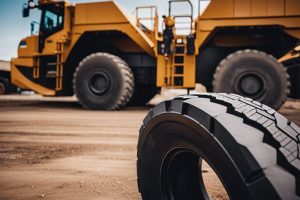The facade of a building is the calling card that makes the first impression on visitors, passers-by and residents. In addition to its aesthetic value, the facade also plays a crucial role in protecting the structure against weather influences and wear. An excellent way to improve both the visual appeal and durability of a facade is through facade plastering. In this article we take a closer look at what plastering is, what benefits it offers and why it has become a popular choice for both residential and commercial buildings.
What is facade plastering?
Facade plastering, also known as facade plaster or facade stucco, is a finishing technique in which a thin layer of plaster material is applied to the exterior of a building. This plaster material can consist of various compounds, such as cement, lime, sand and additives, which together form a durable and decorative layer. This layer covers the original building materials, such as brick, concrete, wood or metal, and protects them against moisture, temperature fluctuations and other harmful external influences.
Advantages of Facade Plastering:
- Aesthetic Added Value: Facade plastering offers a range of design options. It comes in different textures, colors and finishing styles, allowing architects and owners to customize the facade to the desired look and feel. From sleek and modern to rustic and traditional, facade plasterwork offers the freedom to create a unique appearance.
- Protection against weather influences: The plaster layer acts as a protective barrier against rain, wind, UV radiation and other environmental influences. This prevents moisture from penetrating and causing damage to the underlying building materials, which extends the life of the building.
- Insulation and Energy Efficiency: Some plaster materials have insulating properties, which means they can contribute to the thermal efficiency of the building. This results in lower energy costs because the need for heating and cooling is reduced.
- Sustainability: High-quality facade plaster can last for decades without much maintenance. This reduces the need for frequent repairs and replacements, which is cost-effective in the long run.
- Hiding options: Imperfections, cracks and other imperfections in the original building materials can be hidden with facade plaster, creating a smooth surface.
Popular Types of Facade Plaster:
- Decorative plaster: Also called decorative plaster, this is the most versatile option with various textures and colors. It can be applied using various techniques, such as plastering, sanding and rolling.
- Cement plaster: Made of cement, sand and water, this type of plaster is very durable and resistant to all kinds of weather conditions.
- Kalei plaster: With its natural appearance, clay plaster is composed of lime, sand and water. It provides a breathable finish suitable for historic and traditional buildings.
- Silicate plaster: This environmentally friendly option reacts chemically with the substrate and forms a strong bond. It is known for its durability and color fastness.
Conclusion:
Facade plastering is much more than just a cosmetic treatment for buildings. It offers a harmonious balance between aesthetics and sustainability, giving architects and owners the opportunity to express their creativity without compromising the integrity of the structure. With the variety of materials and finishing options available, facade plastering is a valuable investment that can significantly improve the appearance and longevity of any building. Whether it is a modern office building, a historic building or a residential home, facade plaster is a powerful tool for transforming and protecting the exterior of any building.





